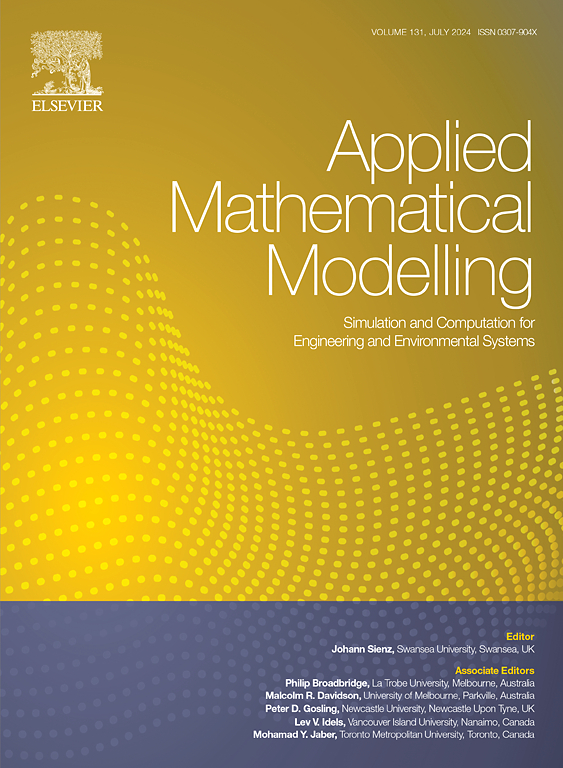Stochastic response of subsystems of interest in MDOF quasi-integrable Hamiltonian systems based on neural networks
Abstract
This study presents a method to predict the stochastic response of subsystems of interest in multi-degree-of-freedom quasi-integrable Hamiltonian systems under Gaussian white noises. It bypasses the challenges of addressing high-dimensional partial differential equations and evaluating multiple integrals. The proposed method consists of three main steps: (1) first dimensionality reduction–derive the averaged Itô stochastic differential equations for subsystem energies by applying the stochastic averaging method, then the associated reduced Fokker-Planck-Kolmogorov equations; (2) second dimensionality reduction–simplify the reduced Fokker-Planck-Kolmogorov equation to an approximated ordinary differential one by using the subspace method; (3) neural network approximations–train neural network approximations of first and second derivative moments for the approximated Fokker-Planck-Kolmogorov equation from a prespecified data set. Furthermore, approximate theoretical stationary probability density functions of states of interest are obtained easily using the transformation between system states and the subsystem energy. A 10-degree-of-freedom quasi-integrable Hamiltonian system is given as an example to highlight the procedure and accuracy of the proposed method. Results show that, based on the proposed method, fewer samples (only 1/10000 of compared ones) can predict the stochastic responses of subsystems of interest in multi-degree-of-freedom quasi-integrable Hamiltonian systems well.

 求助内容:
求助内容: 应助结果提醒方式:
应助结果提醒方式:


